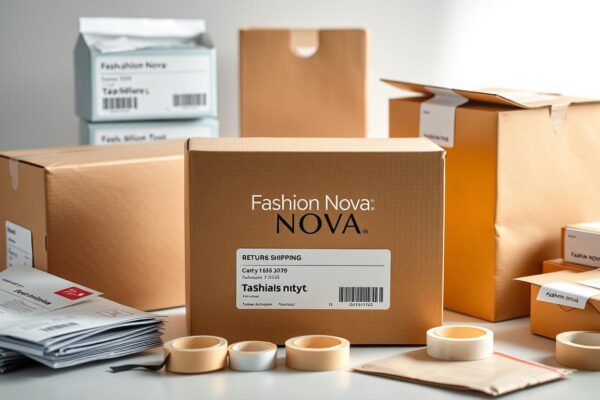
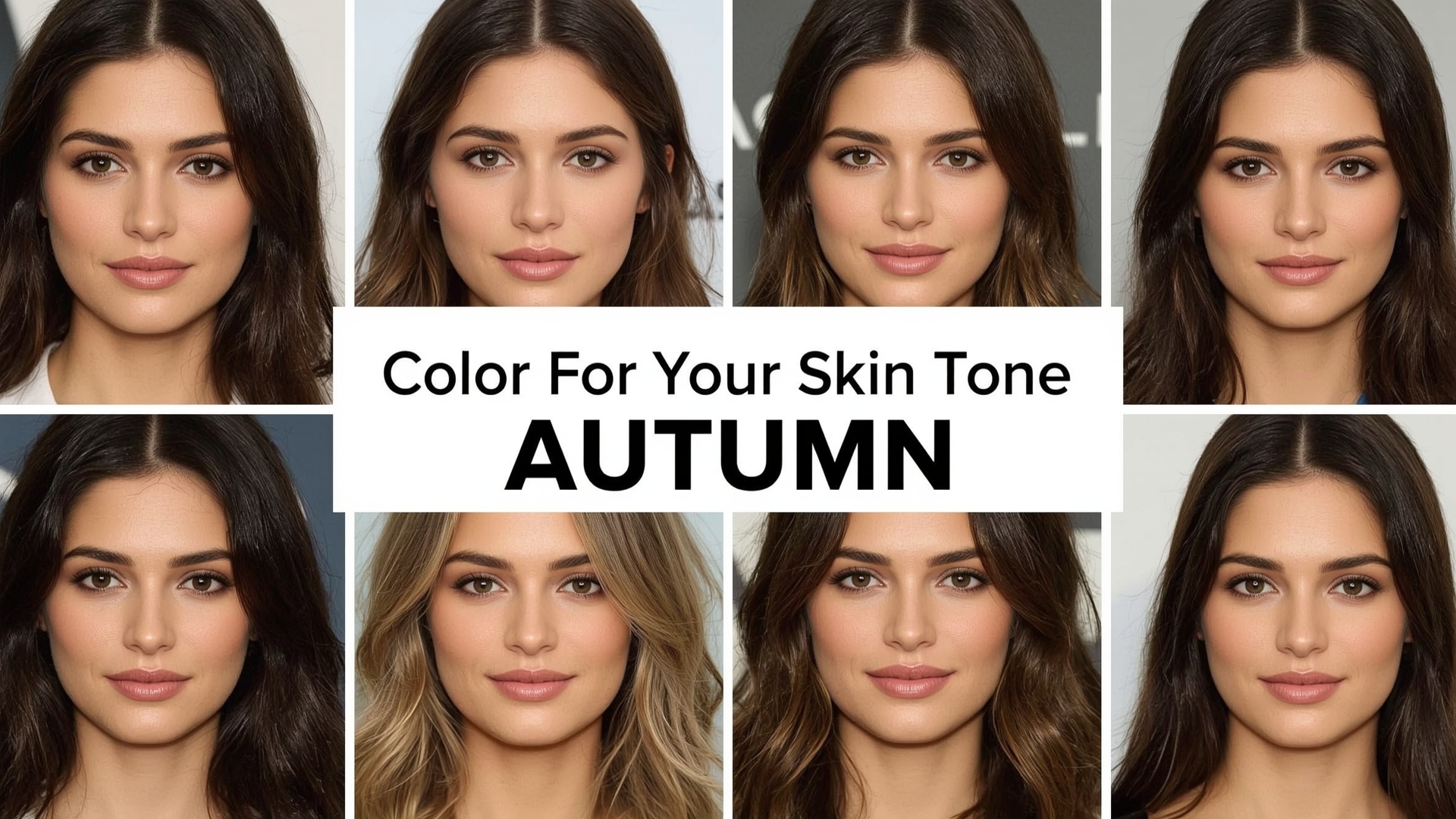
Dark Autumn Color Analysis: Your Complete Guide, Everything You Need to Know
Dark Autumn Color Analysis: Your Complete Guide, Everything You Need to Know
Understanding your color palette is essential for your wardrobe, makeup, and overall style. If you have a deep autumn color palette, some colors make you look great. Others can make you look tired.
A dark autumn color analysis helps find the best colors for you. It takes into account your skin tone, hair color, and style. This way, you can have a wardrobe that works for you.
This guide will show you how to find your deep autumn color palette. You’ll learn how to use your natural coloring to your advantage.
Key Takeaways
- Understand the importance of a deep autumn color palette for personal style.
- Learn how to identify your most flattering colors
- Discover how to create a streamlined and effective wardrobe
- Understand the benefits of a dark autumn color analysis
- Get tips on how to make the most of your natural coloring
Understanding the Dark Autumn Color Season
The Dark Autumn color season is exciting and complex. It’s part of the Autumn color palette, known for warm, earthy tones. People with Dark Autumn coloring have unique coloring traits that influence their appearance.
What Defines the Dark Autumn Color Season
The deep autumn color palette is key to Dark Autumn. It has rich, muted tones with a cool undertone. This makes it different from other Autumn types.
People with a Dark Autumn palette typically have dark hair and dark eyes. Their skin has a cool, olive undertone. The deep autumn color palette makes them look vibrant and healthy.
How Dark Autumn Differs from Other Autumn Subtypes
Dark Autumn is different from Soft Autumn or Warm Autumn. While Warm Autumn likes bright, warm colors, Dark Autumn shines in deeper, cooler shades. Knowing this helps in choosing the right clothes, makeup, and accessories.
Understanding these differences is important. It assists in identifying your ideal color season, helping you look your best. By knowing Dark Autumn’s unique traits, you can boost your appearance and confidence.
The Science Behind the Deep Autumn Color Palette
To understand the deep autumn color palette, we need to look at color theory and seasonal color analysis. It’s not just colors. It’s a mix based on science that matches skin, hair, and personal traits.
Color Theory Fundamentals
Color theory is key to the deep autumn color palette. It teaches us about the color wheel and how colors work together. For deep autumn folks, some colors look great, while others don’t.
The color wheel consists of primary, secondary, and tertiary colors. Warm and cool colors are important. Deep autumn people usually look good in warm colors.
Seasonal Color Analysis Principles
Seasonal color analysis finds the best colors for you. It looks at skin, hair, and coloring. There are different ways to do this, like the Four Seasons and 12-Season systems.
The Four Seasons System
The Four Seasons system puts people into spring, summer, autumn, and winter. Deep autumn is autumn, with warm colors and earthy tones.
The 12-Season System and Dark Autumn’s Place
The 12-Season system breaks down the four seasons more. Deep autumn, also known as dark autumn, is a part of this season. It’s for people with deep, rich colors that look good in warm, intense colors.
Knowing where deep autumn fits helps find the best colors. It makes a color palette just for you.
Identifying Your Dark Autumn Coloring
Discovering your Dark Autumn coloring can change how you see yourself. It’s about knowing if you fit this color season. This involves examining your skin, eyes, and hair.
Physical Characteristics of Dark Autumn Individuals
Dark Autumn people have special traits. These include skin undertones and eye and hair colors.
Skin Undertones and Overtones
Dark Autumn folks have warm skin undertones. Their skin looks rich and deep. This is different from cool undertones, which are pink or blue.
Eye and Hair Color Indicators
Dark Autumn people have deep eye and hair colors. Individuals of this group typically have dark brown or black hair. Their eyes can be deep brown, golden, or hazel.
| Characteristic | Dark Autumn Traits |
|---|---|
| Skin Undertones | Warm, deep, rich |
| Eye Color | Deep brown, golden, hazel |
| Hair Color | Dark brown, black |
Self-Assessment Tests and Tools
There are various tests and tools available to help determine your color season. You can try online quizzes or color draping. Also, look at how colors look on you in different lights.
“Understanding your color season involves observing how colors affect your natural skin tone, hair color, and eye color.”
Professional Color Analysis vs. DIY Methods
DIY methods can give clues, but a pro can do better. They spot details you might miss.
A famous color analyst said, “A pro color analysis finds the best colors for you. It makes you look and feel great.”
The Comprehensive Guide to Dark Autumn Color Analysis: Essential Information You Need to Know.
Exploring dark autumn color analysis is key. It helps you understand the deep autumn color palette. This palette can boost your style.
Core Characteristics of the Deep Autumn Color Palette
The deep autumn color palette features warm, earthy tones. Rich browns, deep reds, and muted greens are its main colors. Color experts say, “The dark autumn look works best with warm, golden undertones.”
These colors match well with dark autumn skin tones. They create a beautiful visual effect. The palette is about depth and richness, not just dark colors.
Distinguishing Dark Autumn from Dark Winter
Many people confuse dark autumn with dark winter. Both have deep, rich colors. But there are important differences.
Undertone Differences
Dark autumn has warm, golden undertones. Dark winter has cool, blue undertones. This affects the colors that look best on you.
Color Intensity Variations
Dark autumn colors are more muted and earthy. Dark winter colors tend to be richer and more intense, creating a dramatic effect. For example, dark autumn might prefer rich, earthy brown. Dark winter might be like deep, icy blue-black.
Knowing these differences helps you choose the right colors. This ensures you always look great.
Your Complete Deep Autumn Color Palette Breakdown
The deep autumn color season has a special palette. It makes one’s natural coloring pop. People with deep autumn coloring look great in certain colors.
Primary Colors for Dark Autumn
Dark autumn folks look best in deep, rich colors. These colors match their natural warmth. Here are some key colors:
- Deep Reds: Burgundy, crimson, and other deep reds add warmth.
- Rich Browns: Chocolate, caramel, and other earthy browns enhance natural coloring.
- Soft Greens: Olive, moss, and other soft greens highlight golden undertones.
Secondary and Accent Colors
Secondary and accent colors add variety. They’re great for deep autumn folks. Here are some options:
- Taupe and Mocha: Neutral shades that match earthy tones.
- Golden Yellows: Warm yellows that make the natural glow shine.
- Deep Berry Shades: Plum, mulberry, and other berry shades add depth.
Colors to Avoid
Some colors don’t work well for deep autumn folks. It’s best to avoid these:
- Cold Pastels: Cool, pale shades can make the complexion look unhealthy.
- Bright and Neon Colors: Vibrant colors clash with natural warmth.
- Ashy Tones: Cool, ashy shades can take away the natural glow.
Building a Dark Autumn Wardrobe
A Dark Autumn wardrobe is all about deep, rich colors. It’s key to pick pieces that match your natural color. This makes your wardrobe stylish and cohesive.
Essential Clothing Pieces in Deep Autumn Color Palette
Start with key pieces in the Deep Autumn color palette. These include:
- Brighten up your wardrobe with deep berry red sweaters and tops for a vibrant pop of color.
- Rich brown and taupe pants and skirts for a base.
- Warm beige and soft camel coats for layering.
These colors look great with Dark Autumn skin, making your look natural and easy.
Selecting Patterns and Textures
Patterns and textures add depth to your outfits. For Dark Autumns, try:
- Earthy tones in plaid and tartan patterns.
- Velvet and corduroy for a luxurious feel.
- Subtle animal prints in muted colors.
These add interest and make your wardrobe unique.
Accessorizing as a Dark Autumn
Accessories are key. For Dark Autumns, choose:
- Warm metallics like bronze and copper.
- Deep gemstones like garnet and burgundy.
- Soft, earthy-toned scarves and hats.
These accessories will enhance your Deep Autumn look, adding a special touch.
Dark Autumn Makeup Guide
The deep autumn color palette is perfect for stunning makeup. It matches Dark Autumn individuals’ natural coloring. You can enhance your beauty and look elegant.
Foundation and Complexion Products
Start with a foundation that matches your skin. Look for golden or neutral undertones. MAC Pro Longwear Foundation in NC30 or NC35 is a great choice.
Make sure your concealer is one shade lighter. This brightens the under-eye areas well.
Eye Makeup in Deep Autumn Color Palette
Eye makeup should use warm, earthy tones. Shades like bronze, copper, and golden brown are good. Apply a light brown or neutral eyeshadow base on your lid.
Then, use a darker shade in the crease for depth. Stay away from cool-toned shadows.
Lip and Cheek Colors
Choose warm, rich shades for lips and cheeks. Terracotta or warm coral blushes add a healthy glow. Lip colors in deep berry, warm reds, or soft corals are good.
Avoid bright or cool-toned lip colors. They can mess up the deep autumn color scheme.
Follow these makeup tips for a look that’s elegant and true to your natural coloring.
Hair Colors That Complement the Deep Autumn Color Palette
The right hair color can make you look even more beautiful. It matches your Deep Autumn coloring perfectly. People with this color have rich, earthy tones. The right hair color can make these tones shine.
Natural Hair Colors for Dark Autumn Types
Dark Autumn people have hair that’s deep brown to rich auburn. These colors are great for finding the best hair colors.
Common natural hair colors for Dark Autumn types include:
- Deep chestnut brown
- Rich auburn
- Dark, cool brown
Dyeing Recommendations and Highlights
There are many hair dye and highlight options. They can make your Deep Autumn color look even better.
Best Dye Shades for Dark Autumn
Choose dye shades that match your natural color. Some good options are:
| Dye Shade | Description |
|---|---|
| Warm Brunette | A rich, warm brown that adds depth to your natural color |
| Auburn Highlights | Subtle, warm highlights that enhance your natural auburn tones |
| Deep Red | A bold, deep red shade that complements the earthy tones of the Deep Autumn palette |
Highlight and Lowlight Suggestions
Highlights and lowlights can make your hair color pop. For Dark Autumn types, try:
- Caramel highlights to add warmth
- Cinnamon lowlights to deepen your natural color
- Soft, subtle balayage to enhance your natural shading
Jewelry and Accessories for Dark Autumn
To look great in autumn colors, pick your jewelry and accessories carefully. The right pieces can make your natural coloring pop.
Metal Choices and Gemstones
Choosing the right metal and gemstones is key. For Dark Autumn folks, warm metals like gold and brass are best. They match the earthy tones of autumn.
For gemstones, go for warm colors like topaz, garnet, and amber. They add a nice splash of color. Stay away from cool-toned stones like diamonds or aquamarine.
Scarves, Bags, and Other Accessories
Scarves, bags, and hats can also make your Dark Autumn look pop. For scarves, choose earthy tones like olive green and terracotta. They match your natural coloring well.
For bags, pick ones in warm, rich materials like leather in dark brown. They add a classy touch to your outfits.
| Accessory | Recommended Choices | Avoid |
|---|---|---|
| Metal | Gold, Brass | Silver, White Gold |
| Gemstones | Topaz, Garnet, Amber | Diamonds, Aquamarine |
| Scarves | Olive Green, Terracotta, Golden Brown | Cool Pastels, Bright Colors |
| Bags | Leather in Cognac, Dark Brown | Brightly Colored or Cool-Toned Bags |
Common Mistakes to Avoid with the Deep Autumn Color Palette
Knowing the common mistakes with the deep autumn color season can help your style. People with dark autumn coloring often struggle to pick colors that look good with them.
Misidentifying Your Season
One big mistake is thinking you’re a different color season. Dark autumn is often mixed up with dark winter or other autumn types. It’s key to know the unique traits of the deep autumn color palette, like warm undertones and rich, earthy colors.
Color Combinations That Don’t Work
Choosing the wrong color mix is another mistake. Don’t pair deep autumn colors with cool, bright shades. They can look bad together. Instead, pick colors that go well with your natural coloring.
| Color Combination | Effect on Deep Autumn |
|---|---|
| Deep red + olive green | Creates a warm, harmonious look |
| Cool blue + dark brown | Can produce an unflattering contrast |
Overriding Personal Preferences
It’s important to listen to your natural coloring, but don’t ignore your own style. Find a mix that works for both.
“The key to pulling off the deep autumn color palette is understanding how to balance rich, earthy tones with your personal preferences.”
By knowing these common mistakes and avoiding them, people with dark autumn coloring can really improve their style.
Conclusion: Embracing Your Dark Autumn Colors
Learning about your deep autumn colors can change how you look and feel. It helps you pick the right clothes, makeup, and accessories. This makes you look and feel better.
This guide has shown you how to tell your dark autumn colors apart. It helps you look good and feel confident. You can show off your unique beauty.
Wearing your dark autumn colors is more than just looking good. It’s about being yourself. You’ll find lots of earthy tones that match your coloring. Using these colors makes your style real and interesting.
FAQ
What is Dark Autumn Color Analysis?
How do I know if I’m a Dark Autumn?
What are the best colors for Dark Autumns?
How does Dark Autumn differ from Dark Winter?
Can I wear bright colors if I’m a Dark Autumn?
How do I incorporate the deep autumn color palette into my wardrobe?
What makeup colors are suitable for Dark Autumns?
Can I be a Dark Autumn if I have cool undertones?
How often should I get a color analysis?
Can I do a color analysis on my own?
Moheen iftikhar


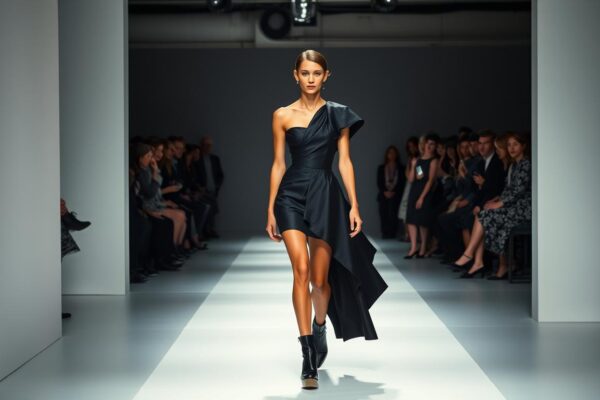

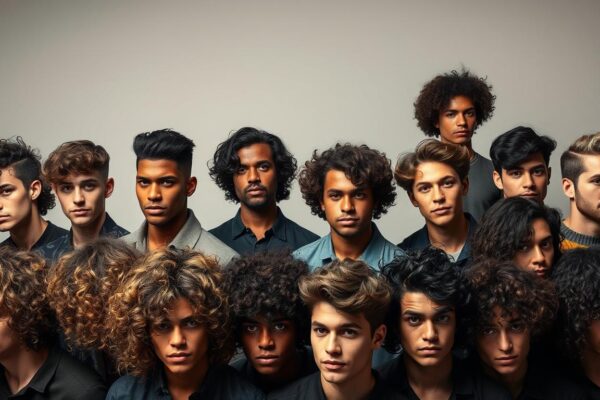









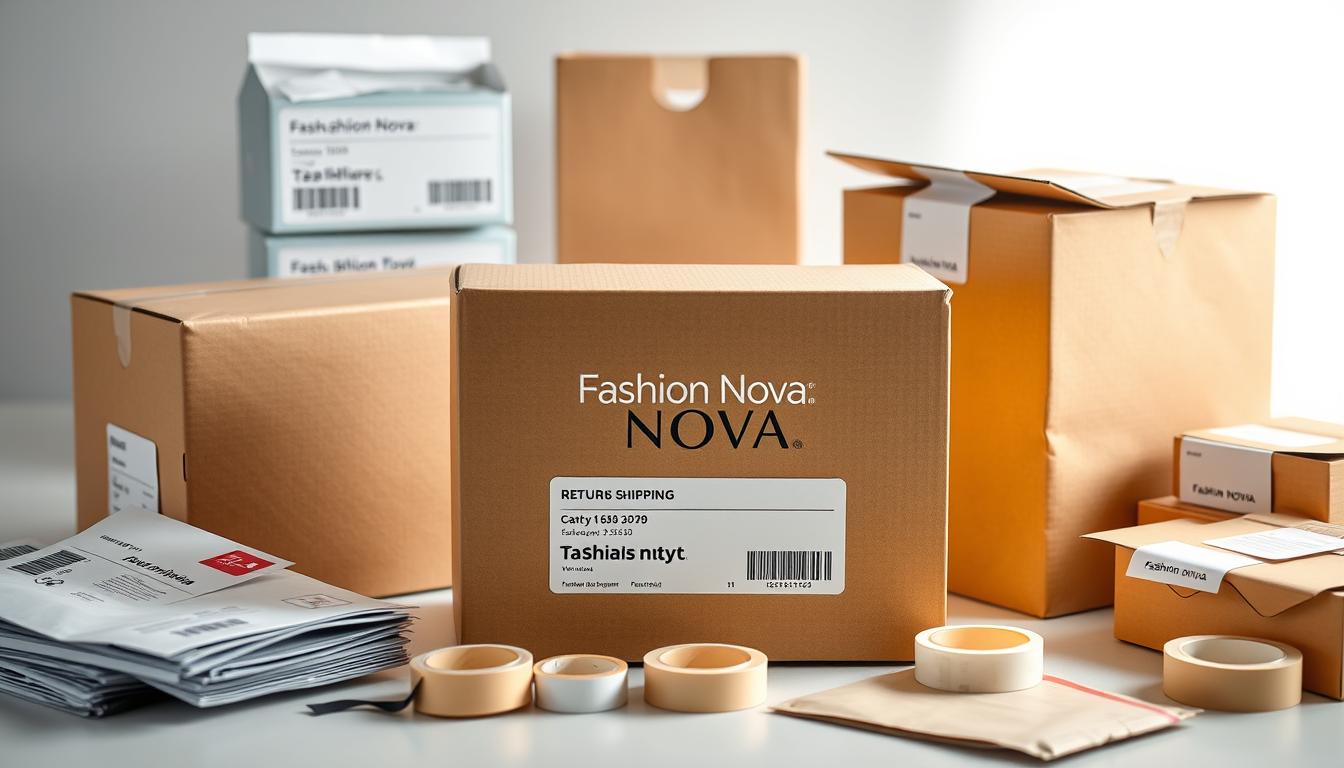
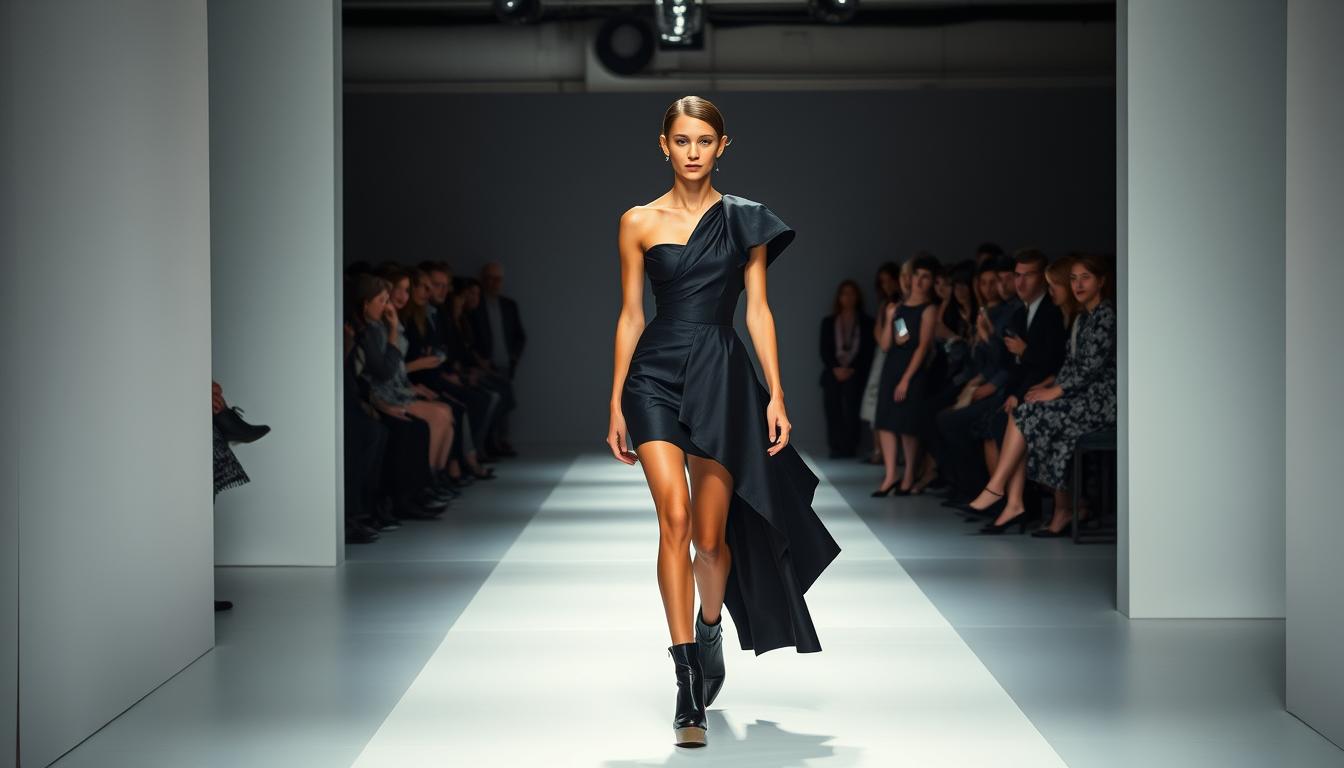
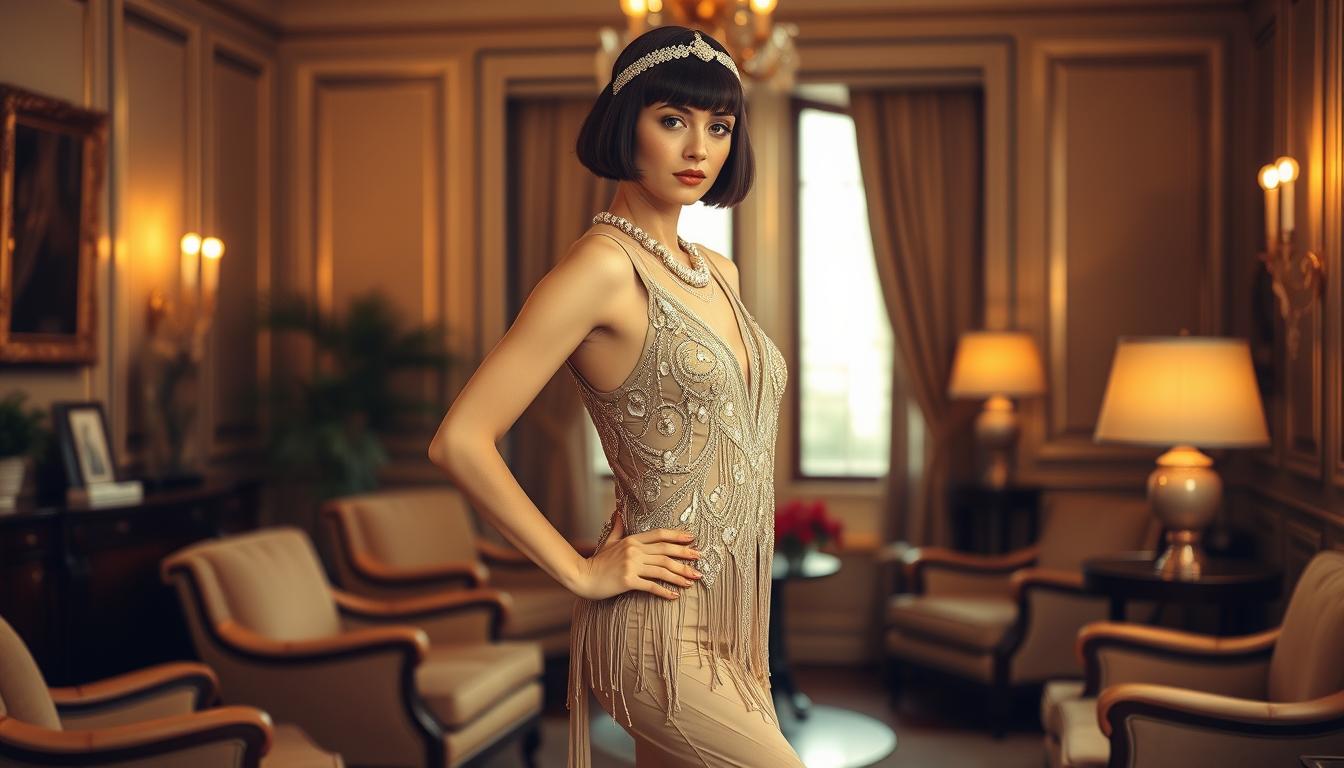
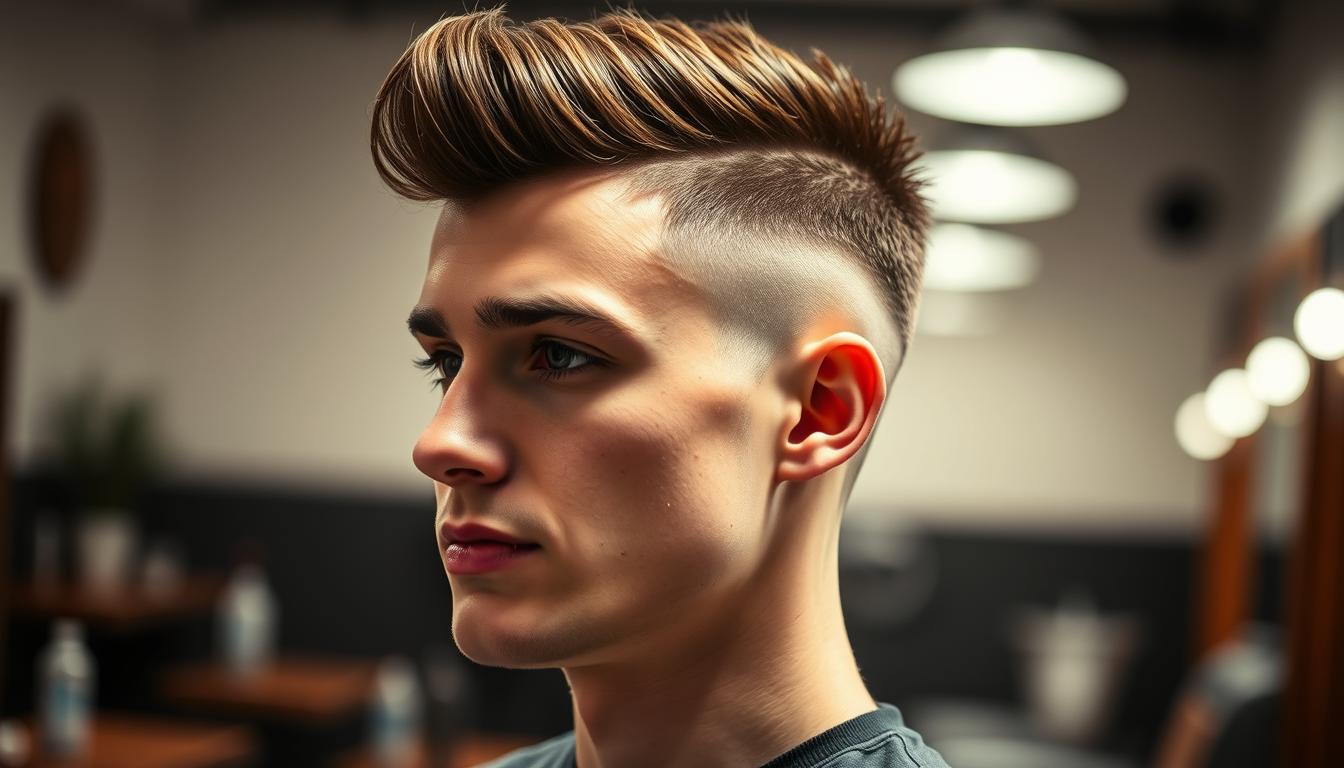
One thought on “Dark Autumn Color Analysis: Your Complete Guide, Everything You Need to Know”